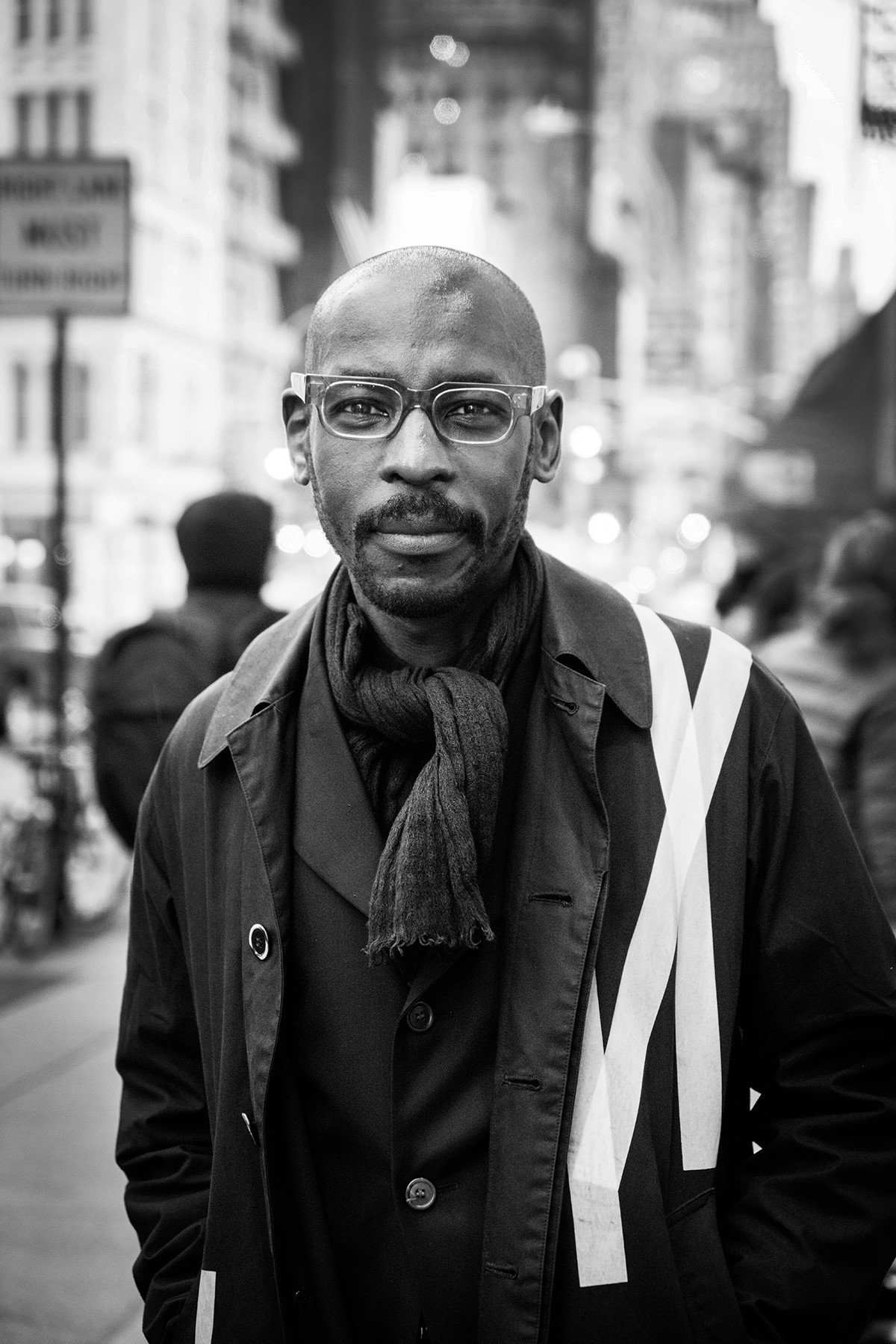Watch live: vimeo.com/event/1720312
Watch in China: live.bilibili.com/73944...
Watch live: vimeo.com/event/1720312
Watch in China: live.bilibili.com/73944...
Mario Gooden is a cultural practice architect and director of Mario Gooden Studio / Architecture + Design. His practice engages the cultural landscape and the intersectionality of architecture, race, gender, sexuality, and technology. His work crosses the thresholds between the design of architecture and the built environment, writing, research, and performance.
Gooden is also the interim Director of the Masters of Architecture Program at the Graduate School of Architecture Planning and Preservation (GSAPP) of Columbia University. Additionally, he is a Research Associate at the Visual Identities in Art and Design (VIAD) at the University of Johannesburg (South Africa) and a founding board member of the Black Reconstruction Collective (BRC). He is a 2012 National Endowment for the Arts Fellow, a MacDowell Fellow, and the recipient of the 2019 National Academy of Arts and Letters Award in Architecture. Gooden is the author of Dark Space: Architecture Representation Black Identity (Columbia University Press, 2016) as well as numerous essays and articles on architecture, art, and cultural production.

Mario Gooden
In the ground-breaking A Brief History of Time: From the Big Bank to Black Holes, Stephen Hawking discusses the idea of defining a black hole as the set of events from which it is not possible to escape to a large distance. Furthermore, this means that the edge of a black hole, the event horizon, is comprised of the four dimensional space-time light rays that forever hover on this edge and fail to get away. Hawking explains “It is a bit like running way from the police and just managing to keep one step ahead but not being able to get clear away!”
At this present moment in history and the global social revolution of Black, indigenous, and people of color against the forces of systemic oppression, Hawking’s description of the event horizon takes on particular resonance. However, the fugitivity and futurity of a black hole is also evocative of the ways in which Black bodies have moved through space and manipulated space-time to create flows and spaces of liberation. The Blackness of a black hole is elusive and illegible; yet it produces a dark matter that transforms existence, knowledge, and culture.